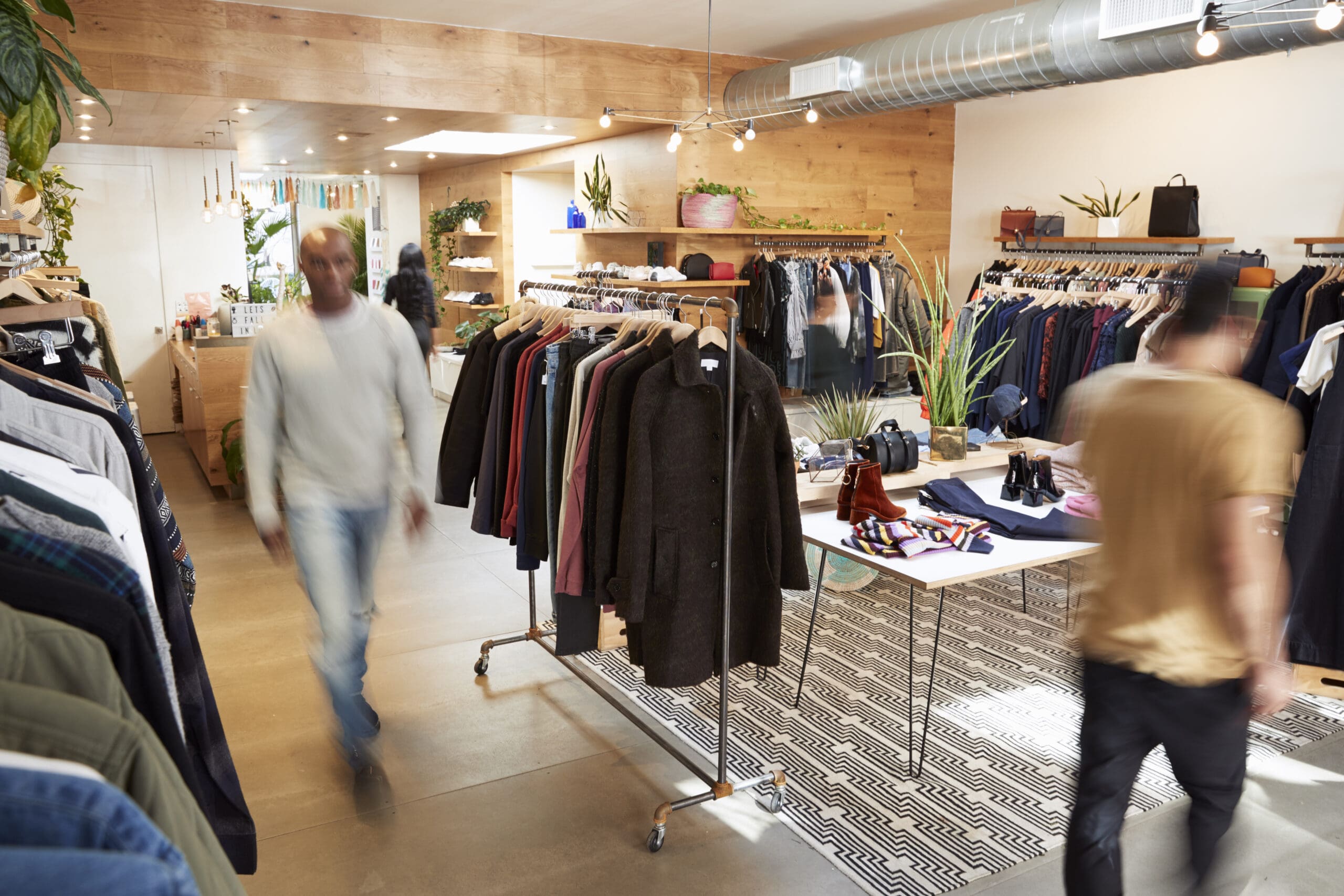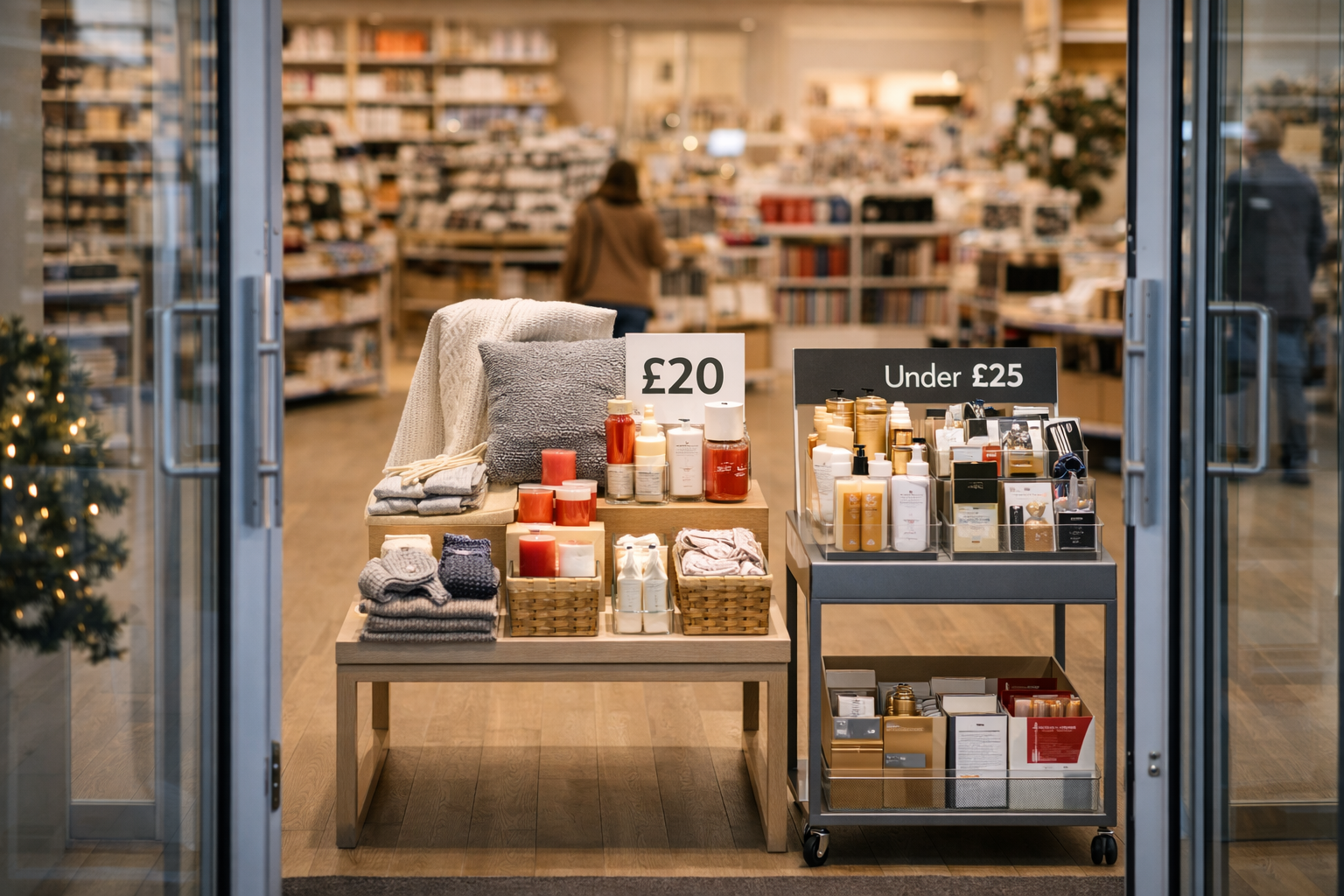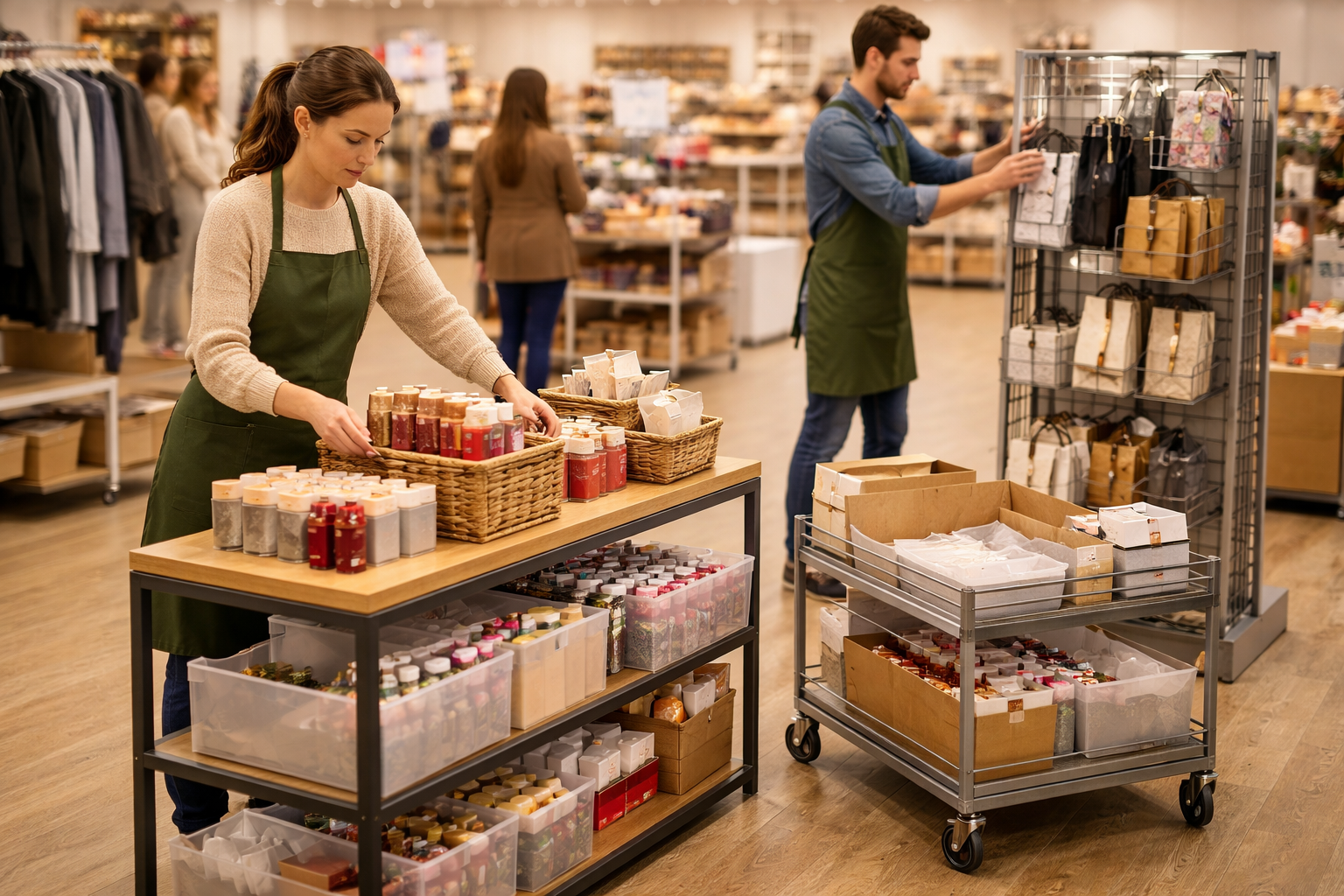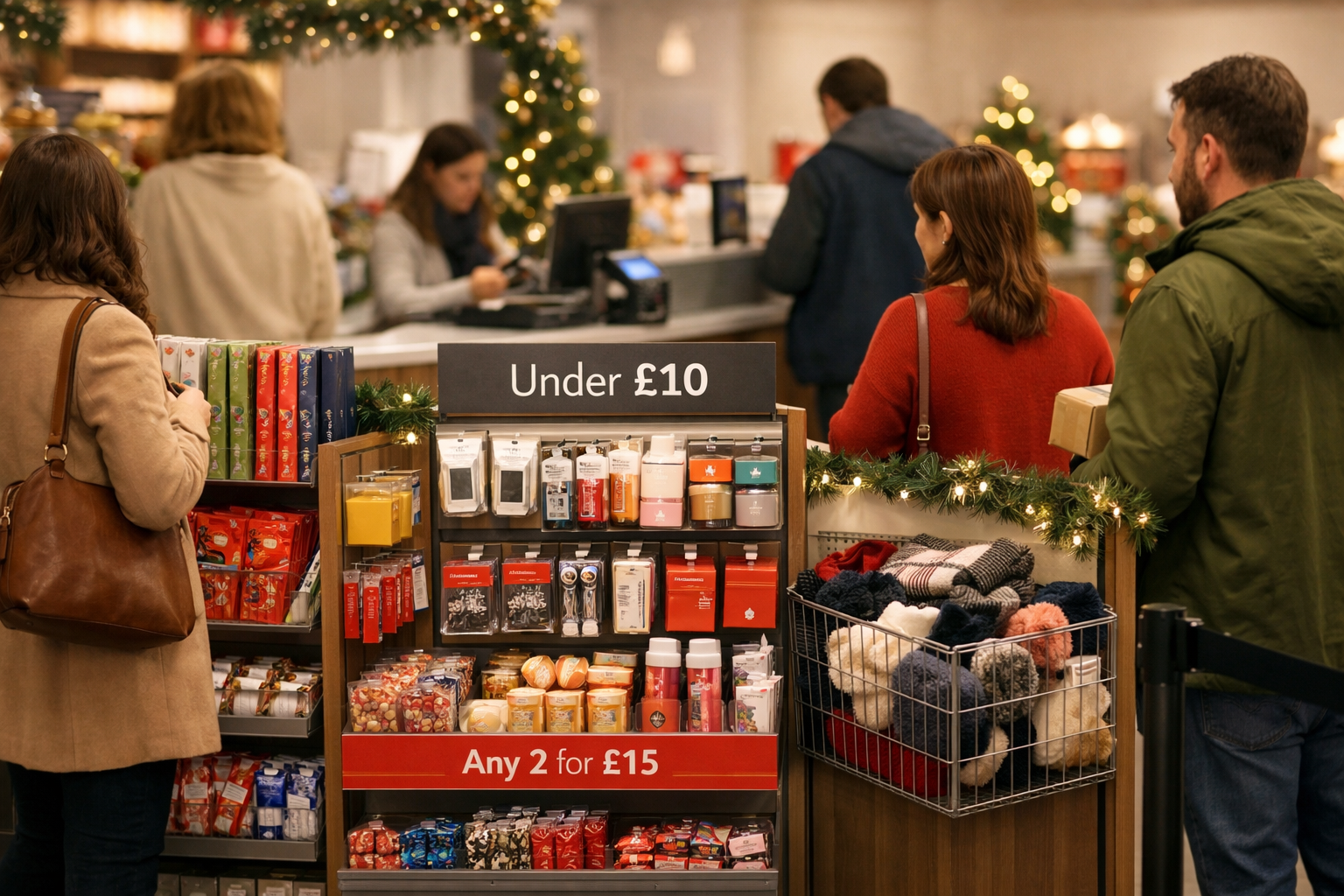What You Need to Know About Retail: Current Market Dynamics and 2024 Trends
Posted On: May 16, 2024 By: blueprint_admin

The retail landscape is continually changing, driven by a range of different forces. From economic shifts to technological advances and changing consumer preferences over the years, it never pays to get too comfortable. You need to be always looking forwards to get ahead of the game and predict what your customers will need from you in the future.
But that is easier said than done. Which is why we have put together this guide to current retail market dynamics and trends to help bring you up to speed and thrive.
The Current Market
Whilst we were still feeling the effects of COVID-19 and the changes it forced upon most areas of society, the cost of living crisis came along and hit retail significantly, shifting consumer spending habits.
A surge in energy prices and higher interest rates have resulted in a cautious approach to spending, with retail sales volumes struggling to return to pre-pandemic levels. The UK has also been in recession until recently and growth is expected to be muted.
This economic backdrop means we have to really consider what the future holds for retail as we move through 2024 and into 2025. There will be a general election in Britain at some point and that may bring a new government with a different economic strategy.
Will consumers feel more or less confident with their spending? What will happen to interest rates? These are questions that will be answered in due time, but retailers need to be ready to roll with the punches in order to come out the other side in good shape.
Here are some ways in which you can prepare for the challenges and opportunities on the way in the world of retail.
Modern Technology
We are seeing tech such as Artificial Intelligence (AI) and Augmented Reality (AR) already start to be utilised to great effect in the retail sector. AI will further revolutionise the shopping experience by offering your customers hyper-personalised product recommendations that they possibly didn’t even know they needed. In addition, intelligent chatbots will take on a lot of those repeated enquiries you spend so long responding to, as well as superserving shoppers who want to know more about your brand.
These technologies not only help in understanding consumer behaviour, but also help you streamline operations, making them more efficient. The data they can collect helps you understand what shoppers want from your business so you can adjust your approach accordingly.
AR continues to bridge the gap between online and physical shopping by enabling consumers to visualise products in their own space before making a purchase. This is invaluable, as can be that little push to persuade them to buy from your business. This is more likely to lead to customer satisfaction and lower return rates because they have a better idea of how your products fit into their life.
In-Store Experience
Despite the growth in online shopping, the in-store experience remains crucial. And the trend is to balance automation and personal interaction. Tech such as self-checkouts are becoming more prevalent, of course, but you can’t afford to forget the personal service to improve customer engagement and loyalty.
The physical store is not just a point of sale but a crucial part of your brand and the way your customers interact with your business. So, yes, include solutions that save time and money, but remember that customers want to be wowed by the visuals and vibe of the shop if they are to return.
Sustainability
Sustainability has been seen as a buzzword, but it is integral to the future of business. Consumers are increasingly making decisions based on the environmental impact of their purchases. In response, we need to prioritise sustainability in our business models.
This could be in the products we stock, the way we conduct our business or any other aspect of running a shop. You have to be serious about being green. Customers know when you’re greenwashing.
Recommerce – basically, the selling of upcycled, recycled or previously owned products – is gaining traction. This not only appeals to environmentally conscious consumers but also offers you the chance to connect with these people who are looking for sustainable options to spend their money with.
Adapting to Trends
As we move through 2024 and into 2025, the retail sector must adapt to these evolving trends. If you can effectively integrate modern technologies effectively, you can enhance both efficiency and customer experience. Committing to sustainable practices also means you will be well-positioned to succeed in an increasingly complex retail landscape. The ability to swiftly adapt to these changes will be crucial to your success in the future. To help you create the perfect shop environment, call us on 0800 0223237.
Latest Posts
- The Art of the Entrance: Focal…
- Stress-Free Store Swaps: Fast Ways to…
- Queue Zone Magic: How Small Add…
- Creating Urgency: How Limited-Time Displays Drive…
- Managing the Mayhem: Retail Logistics That…
- Black Friday Ready: Visual Merchandising Tips…
- Behind the Scenes: How Efficient Display…
- The Power of Presentation: Gift Packaging…
- Creating Festive Window Displays That Stop…
- How to Prepare Your Store for…



